With food prices going up by 15% from October 2021 to October 2023, finding ways to cut down your grocery bills is more important than ever. Winter foraging is an awesome way to add to your pantry for free. Yes, you get free food in the form of wild edibles, but it’s also fun for the whole family, gets you moving, and reconnects you with nature. Even though foraging in winter seems hard compared to the bounty of late summer, there’s still plenty out there if you know where to look.
The USDA says a nutritious diet for a family of four costs over $1,300 a month. Imagine cutting that by even 10% – it’d be a big help, right? By adding foraging to what you do and learning how to make your food last longer, you can make it happen.
Aside from that, if things do go south, you need to know how to get wild foods to survive when there are no old-world supplies to access. And winter is the toughest time to find wild food. But it’s not impossible. The wild edible items on this list are edible, have nutritional or medicinal value, and will help stave off hunger.
A Word of Caution

When you’re out foraging, make sure you only pick plants and mushrooms you know for sure. Getting it wrong can be really dangerous. To stay safe, use guides, take classes, or go with someone who knows what they’re doing.
Be an Ethical Forager
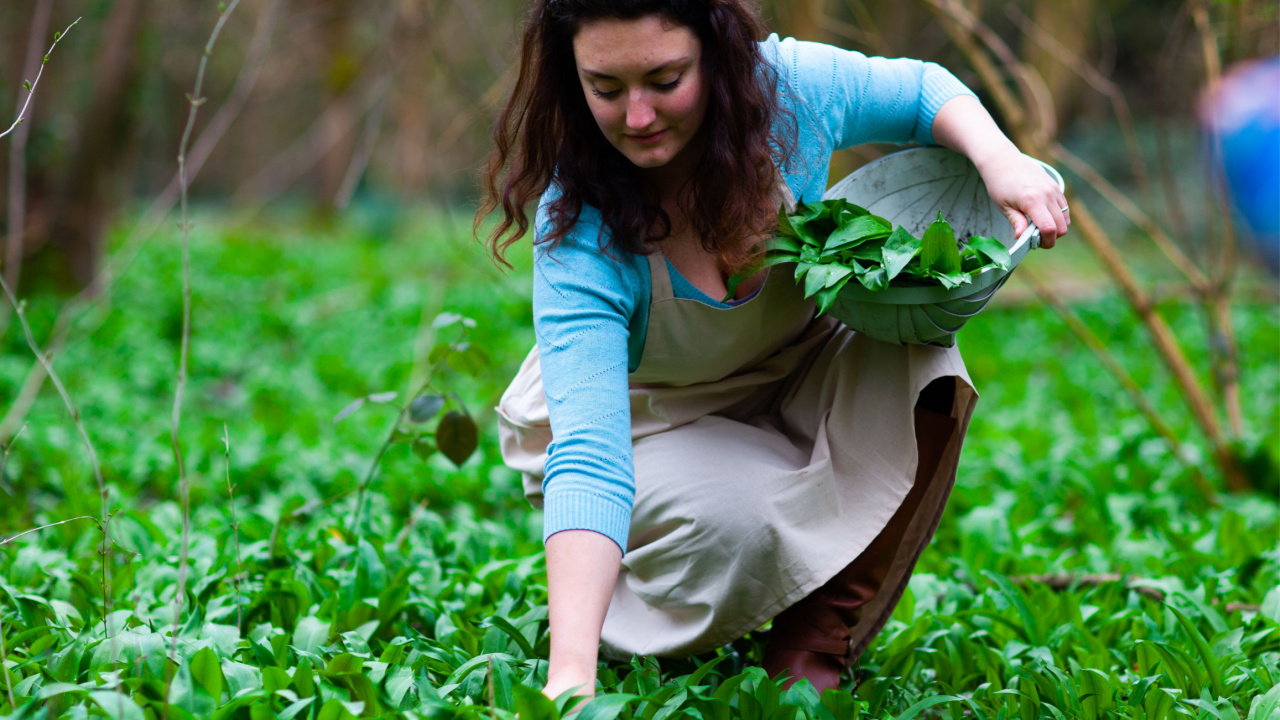
Whether you’re winter foraging or hunting for wild edibles in early spring or the height of summer, it’s important to forage in a way that’s good for the environment. Only take what you need and make sure there’s plenty left for wildlife and to grow back next year. This way, we all get to enjoy nature’s gifts without harming the planet.
I use the rule of thirds. I only take a third, leaving one third for the wildlife, and one third to grow back or reproduce.
1. Hop Hornbeam Seeds
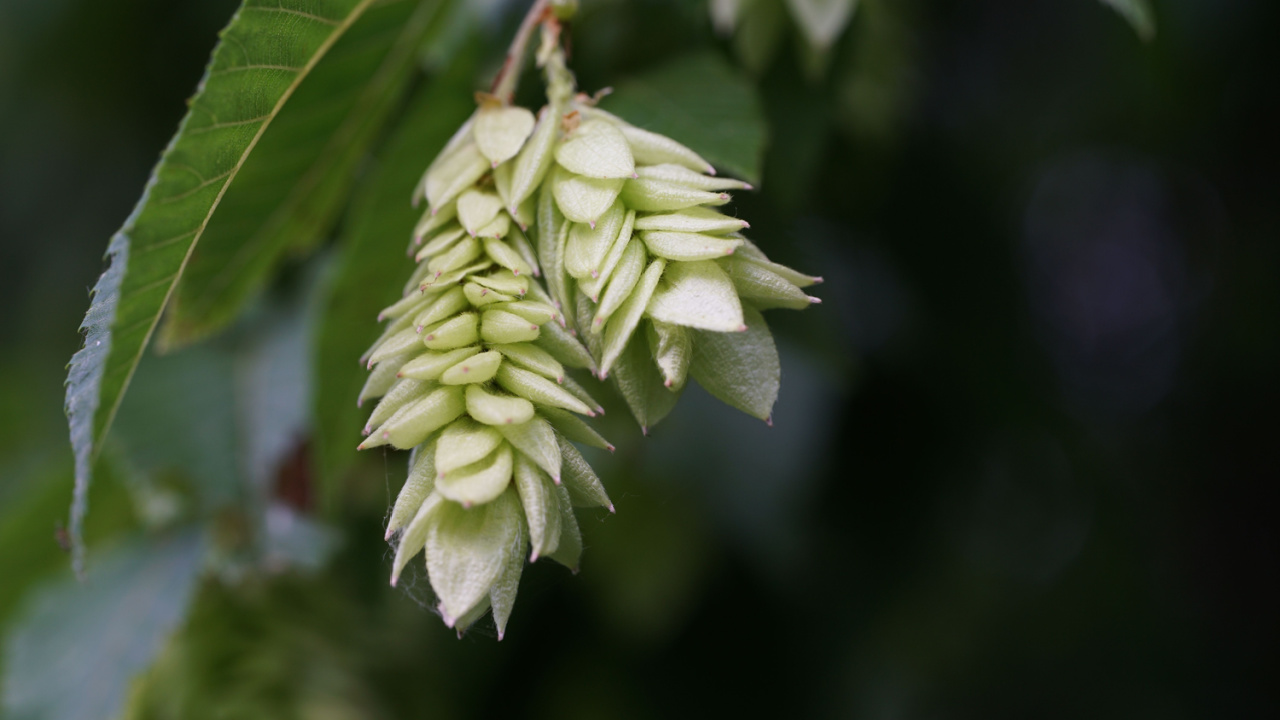
Hop Hornbeam trees drop beautiful, nutty seeds. You can pick these seeds and use them like you would grains or nuts in different dishes. They’re great in bread or as a cereal. Lightly toasting them brings out their flavor even more, making them a perfect crunchy addition to salads or your homemade granola.
Figuring out how to make granola with stuff you’ve foraged is a smart move to beat that 15% increase in grocery prices without missing out on quality.
2. Black Walnuts
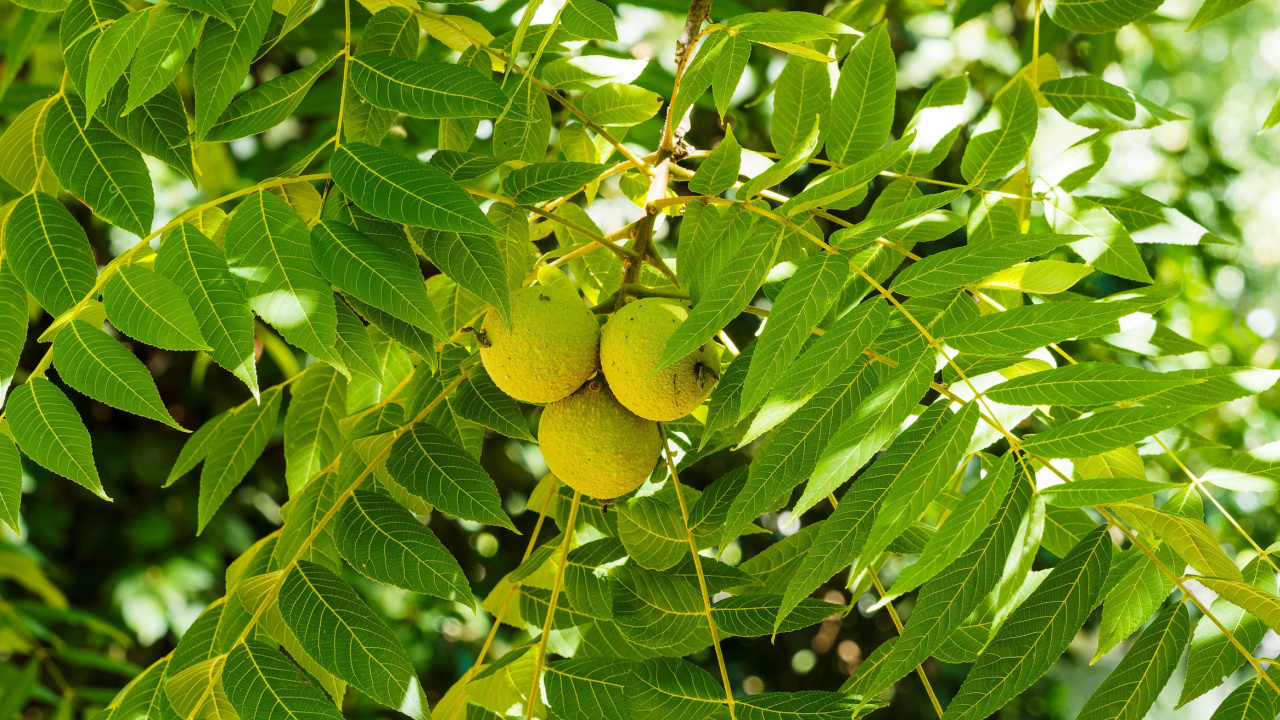
Black walnuts taste stronger and richer than the walnuts you’re used to. You can find these nuts in late fall and even into winter if the animals don’t beat you to them. Cracking their tough shells open takes some work, but the nuts inside are perfect for baking or snacking. Yes, getting black walnuts ready to eat is a bit of a project, but their amazing flavor makes it all worth it.
3. Dock Seeds
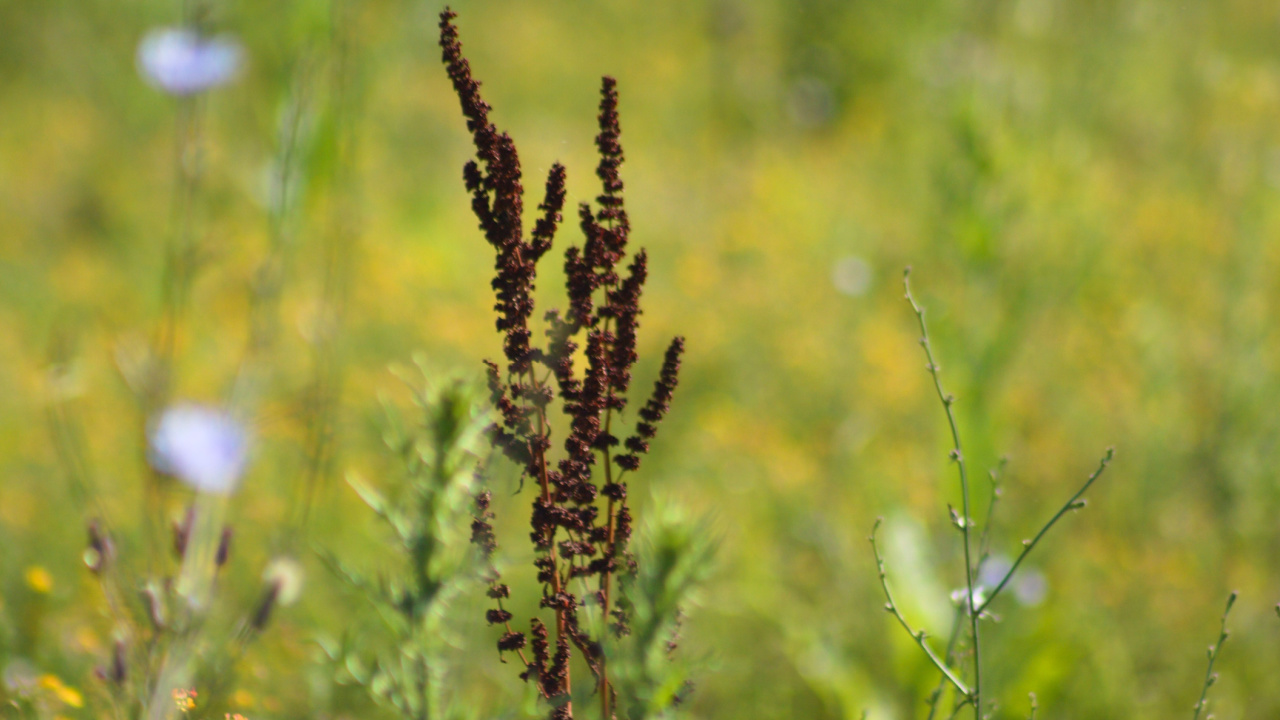
You can find dock seeds right through into late winter. They have a bit of a bitter taste that works well in soups and stews. You can also grind them into flour for baking. Just make sure you’re picking them from clean areas. Dock seeds are full of fiber and add a nice, earthy taste to your dishes. You can even sprout them for an extra-nutritious addition to salads.
4. Acorns
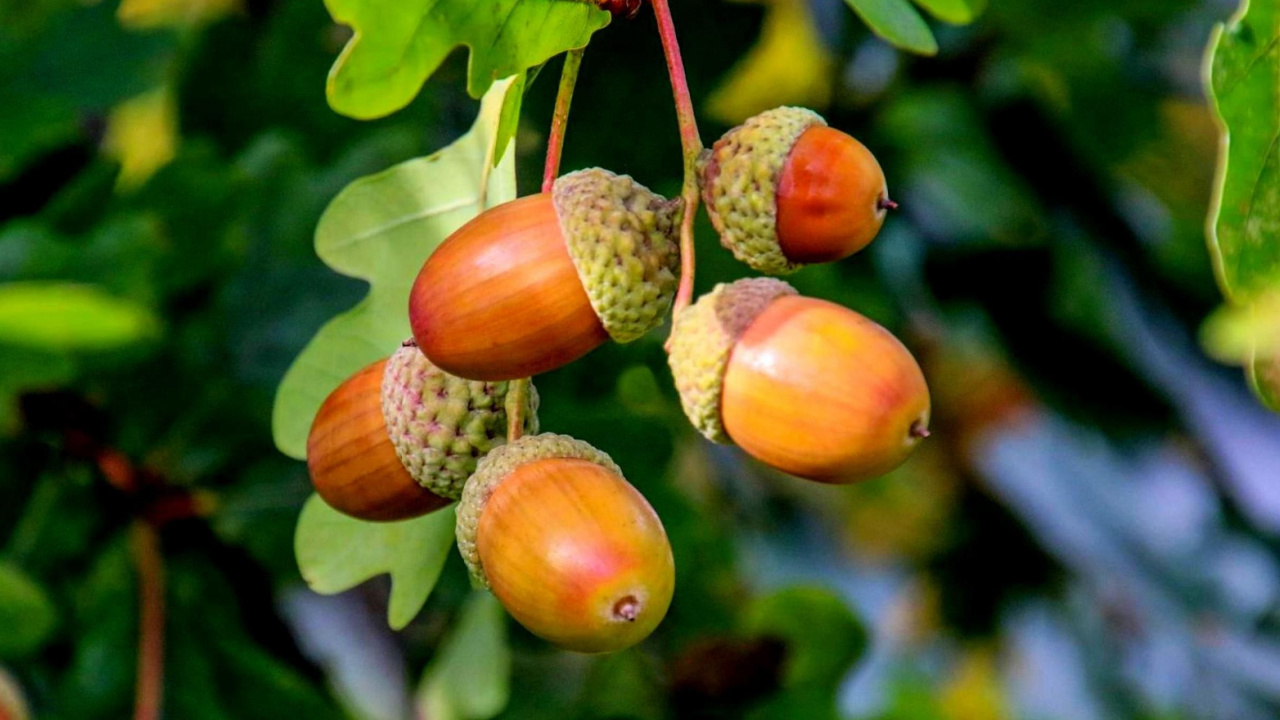
Oak trees drop loads of acorns, and they’re one of the most overlooked wild edibles to forage in winter. You’ll find them all over the forest floor, including lurking beneath snow cover around the base of the oak tree. Once you get rid of the tannins, you can turn them into flour. This gives your winter dishes a unique flavor.
To get rid of the tannins and bitterness, you can boil the acorns or soak them in water, then roast them. They can be used as a coffee substitute or in baking, showing just how versatile they are.
And, if you happen to find some oak galls while you’re collecting acorns, you can turn those into oak gall ink.
5. Beechnuts
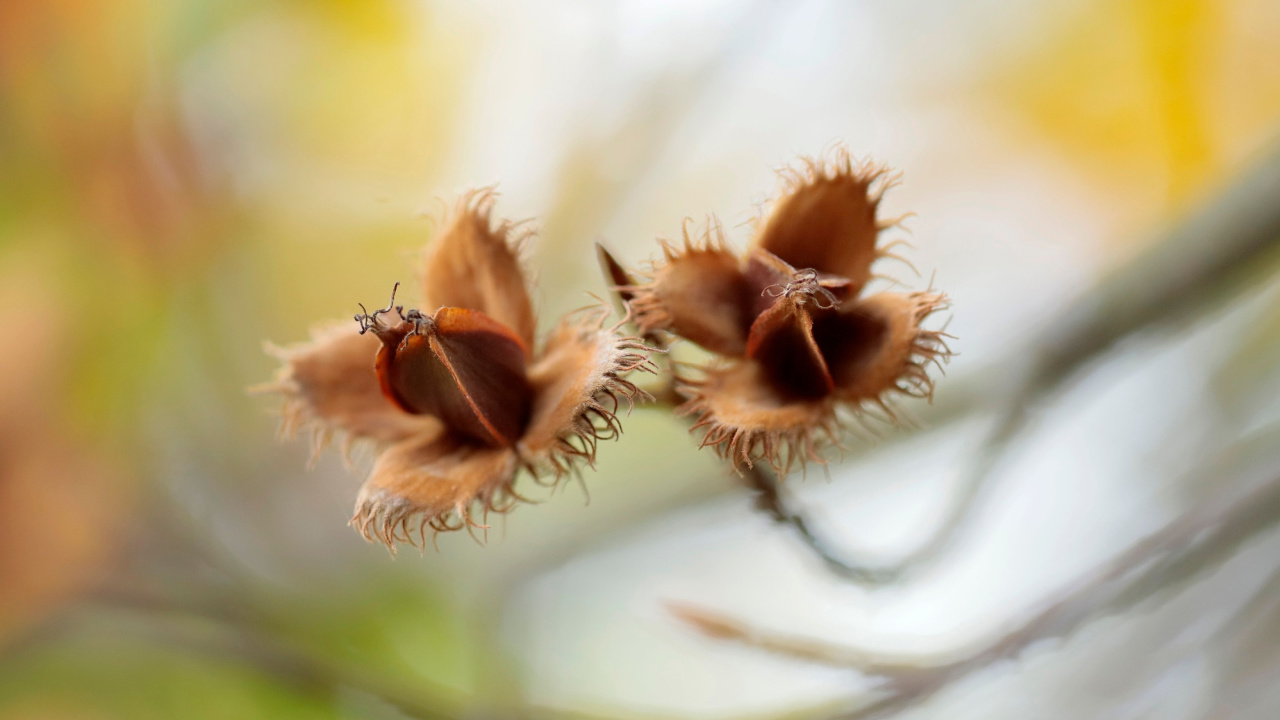
Beechnuts are tiny but packed with flavor. They’re lovely eaten raw or roasted. You can collect them in the fall to use throughout winter. If you’re lucky, you’ll find them beneath snow cover, too. They’re full of fat and protein, making them a great snack when it’s cold. Add them to trail mix or granola, use them in pesto, or grind them into flour for baking.
6. Pine Nuts
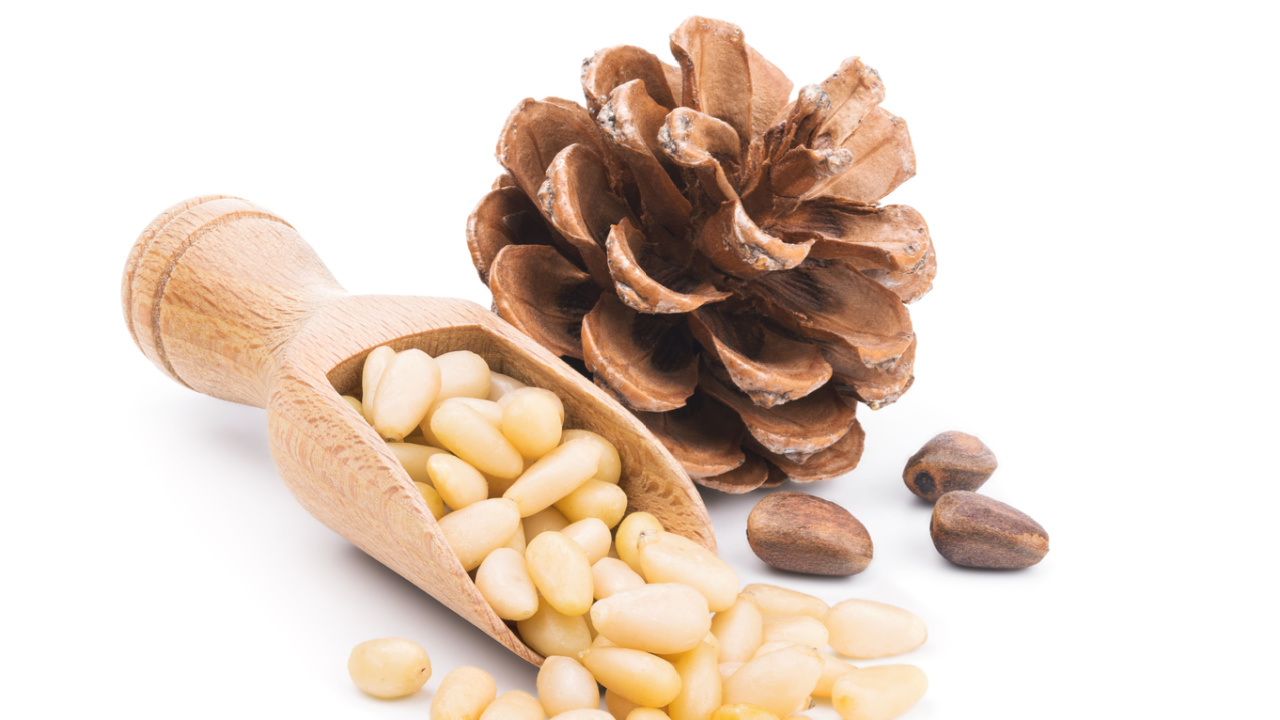
Finding pine nuts when you’re out foraging in winter is a real treat. Their buttery flavor, especially when toasted, adds something special to salads, pesto, and pasta. Pine nuts are also a good source of energy and healthy fats, making them a great addition to your winter diet. Just make sure you’re picking from trees that are safe to eat from.
These are an early winter forage item, as the squirrels also adore them and will gather as many as they can find before winter really sets in. Interestingly, you can also forage pine bark and pine needles as survival foods and as medicinal plants. But we’ll cover that in another post.
7. Goosefoot Seeds
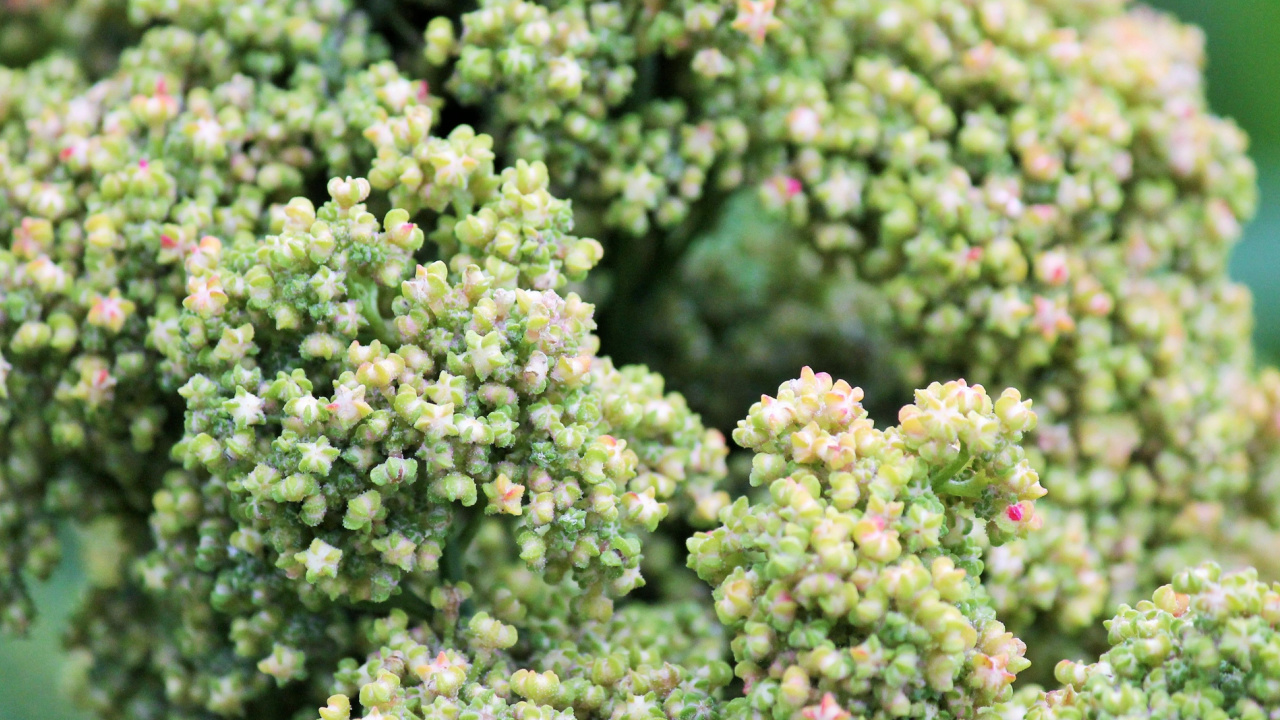
Goosefoot, or wild quinoa, gives us seeds that are a fantastic alternative to the often expensive quinoa you find in stores. These seeds are high in protein and can be used in all sorts of dishes, from stews to wraps. I like popping them like popcorn, then mixing them with honey and baking them into clusters. It’s a fun snack for movie night.
8. Crabapples
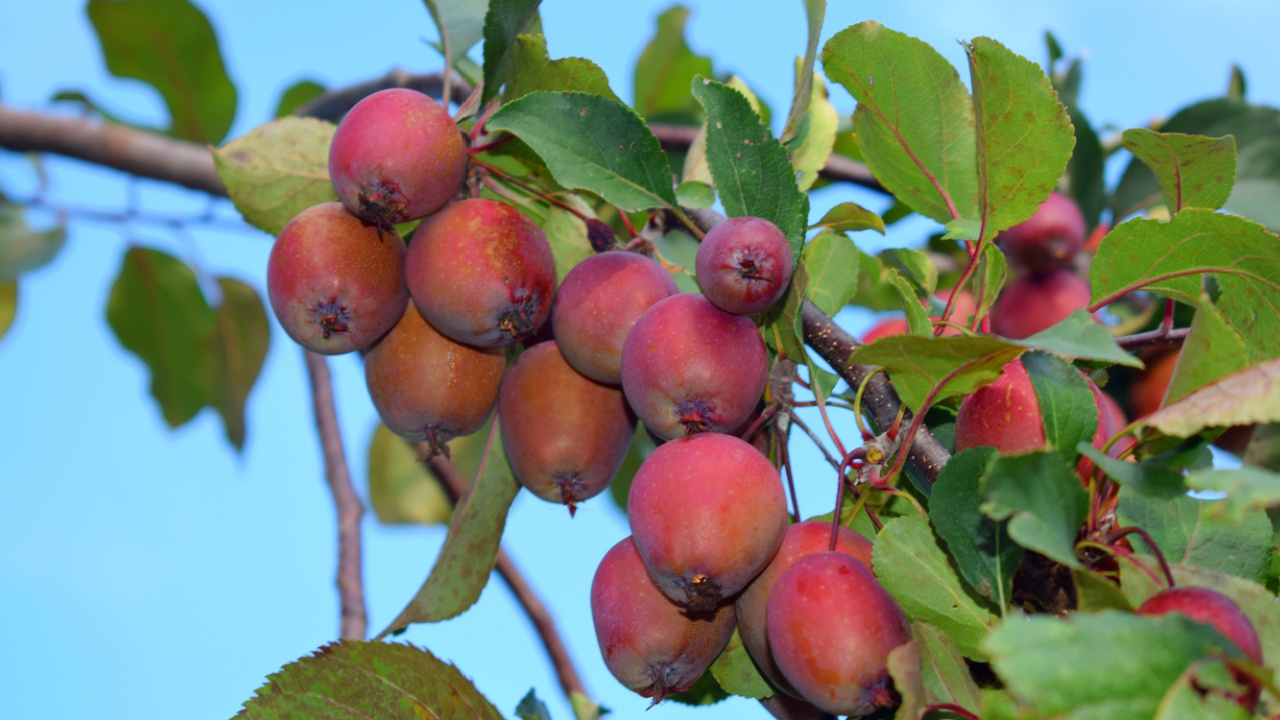
Crabapples get sweeter and full of pectin as winter goes on, making them perfect for jellies, syrups, and desserts. They can also add a nice, tangy flavor to savory dishes like chutneys or braised meats. Many crabapple varieties stay on the tree into winter, getting sweeter with time.
Crab apples can survive cold temperatures better than regular apples, so you’ll often find them clinging onto their branches well into the winter season.
9. Rosehips
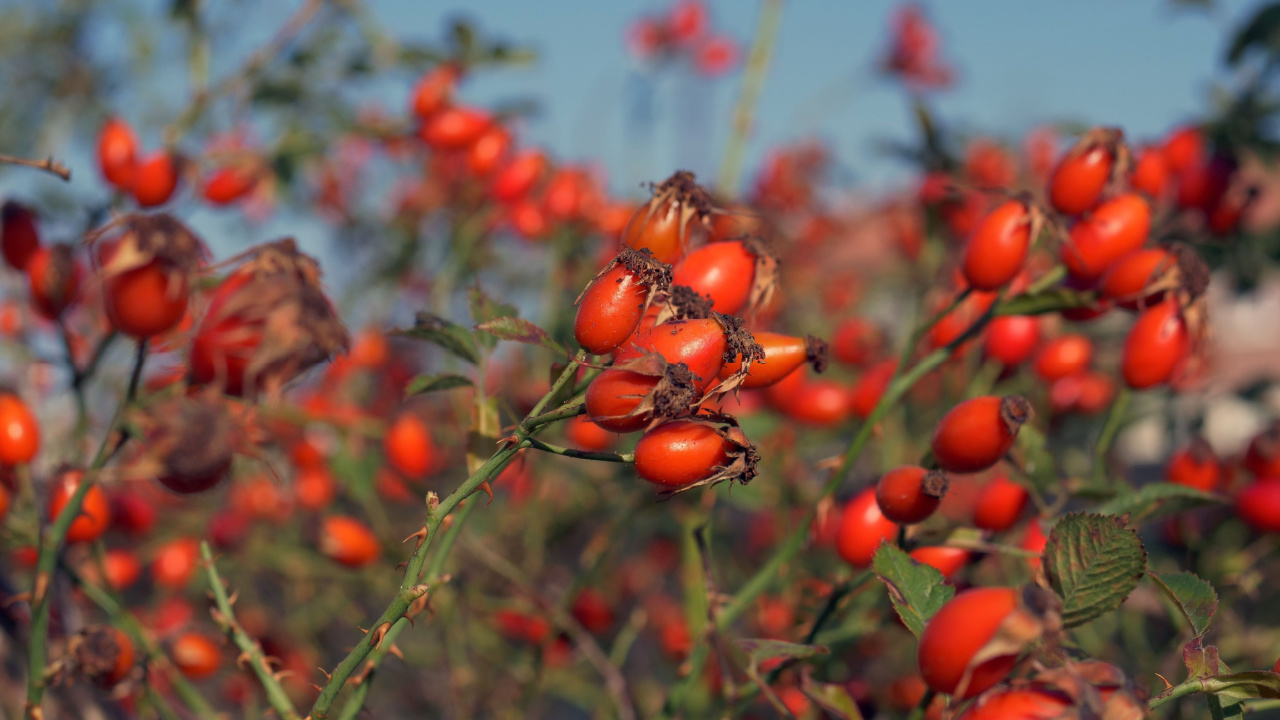
Rosehips are great for winter foraging and in winter because they’re high in vitamin C. They get sweeter after the first frost, so they’re perfect for making jam, jelly, adding to festive drinks, or using in teas and syrups. You can also dry them for herbal teas.
10. Hawthorn Berries
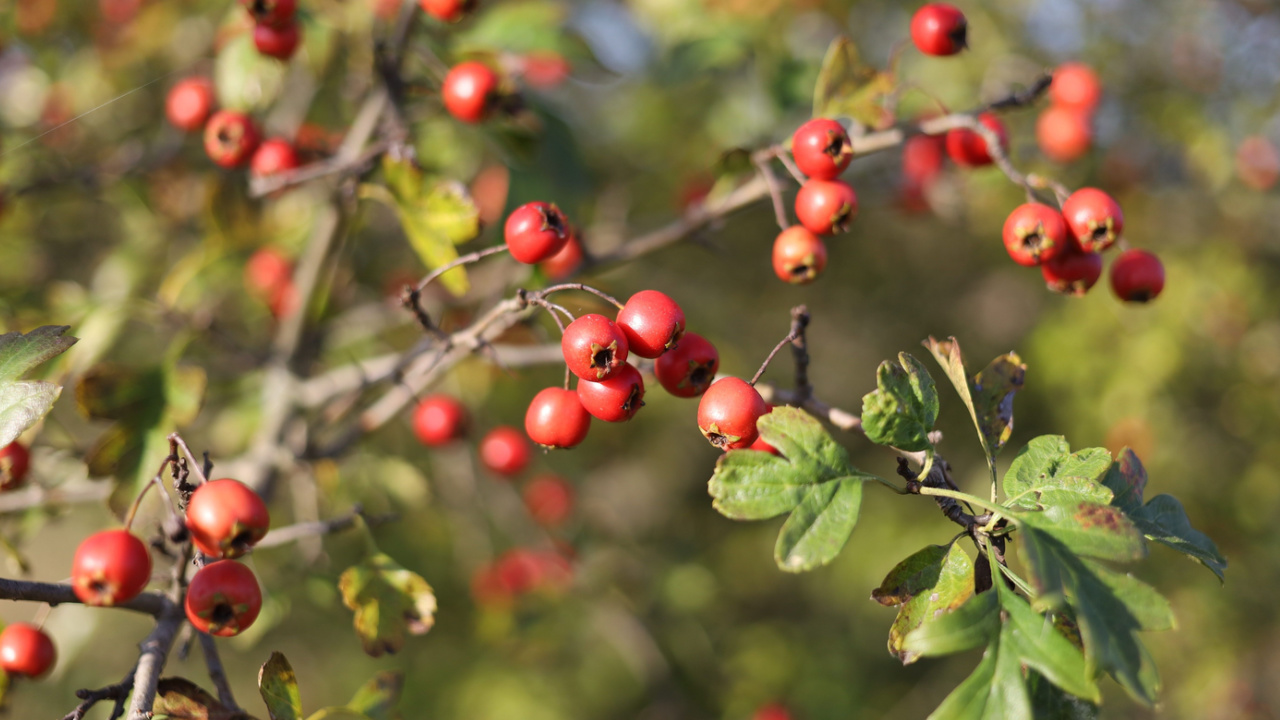
Hawthorn berries are good for your heart and make versatile foraged berries. I make a strong tincture from them every year, but they’re also good in jams and teas. You can dry them for herbal teas or make a syrup that boosts your immune system.
11. Cranberries
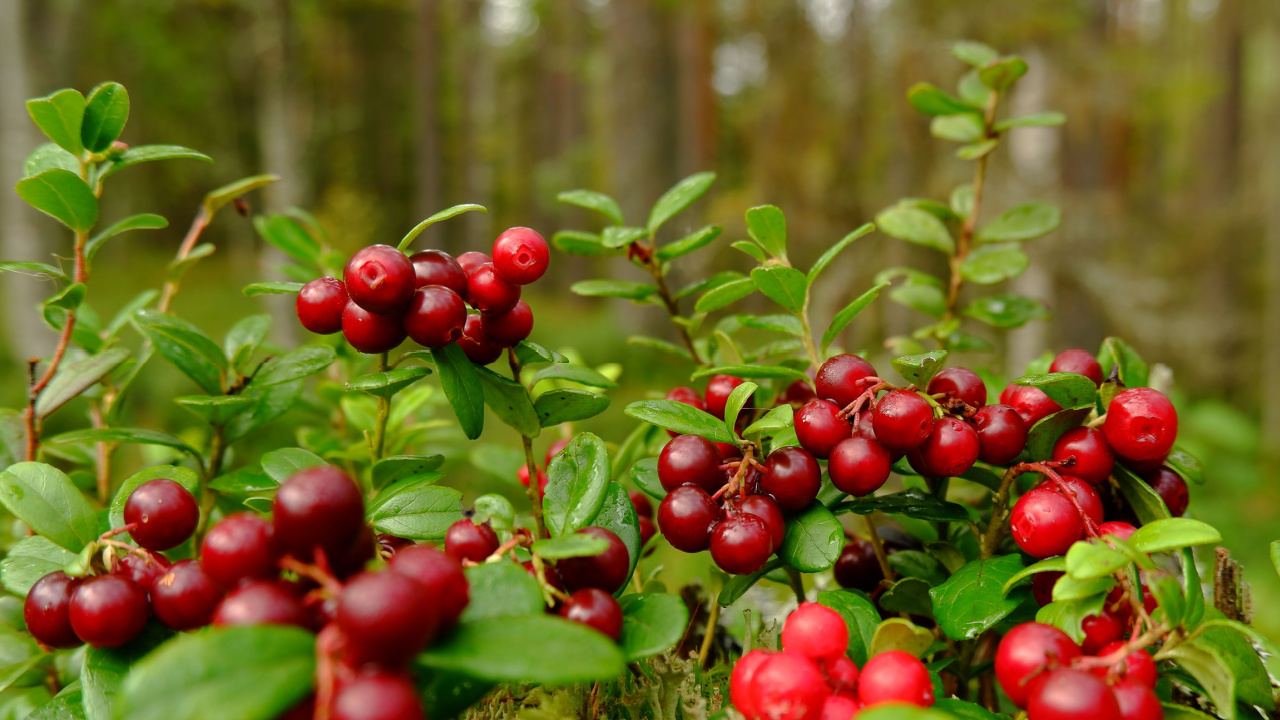
Wild cranberries are great for foraging from late fall to early winter, especially in boggy areas. You might even find some under the snow in winter. They’re tart and add a vibrant flavor to dishes, from sauces to baked goods. Foraged cranberries are a staple food in my home. They’re so wonderfully versatile and have many health benefits, too.
Highbush cranberries are another option for berries for winter foraging.
12. Daisy Greens

Daisy greens are a nutritious and edible winter green. They’re a bit bitter, like other leafy greens, and go well in winter salads. You can also cook them like spinach and add them to stir-fries and other warm dishes.
13. Dandelions

Dandelions are nature’s gift, with edible leaves, roots, and flowers. In winter, the leaves are milder and great in salads or cooked like spinach. Dandelions are full of vitamins and have been used for thousands of years as food and medicine, as they have many medicinal properties.
14. Nettles
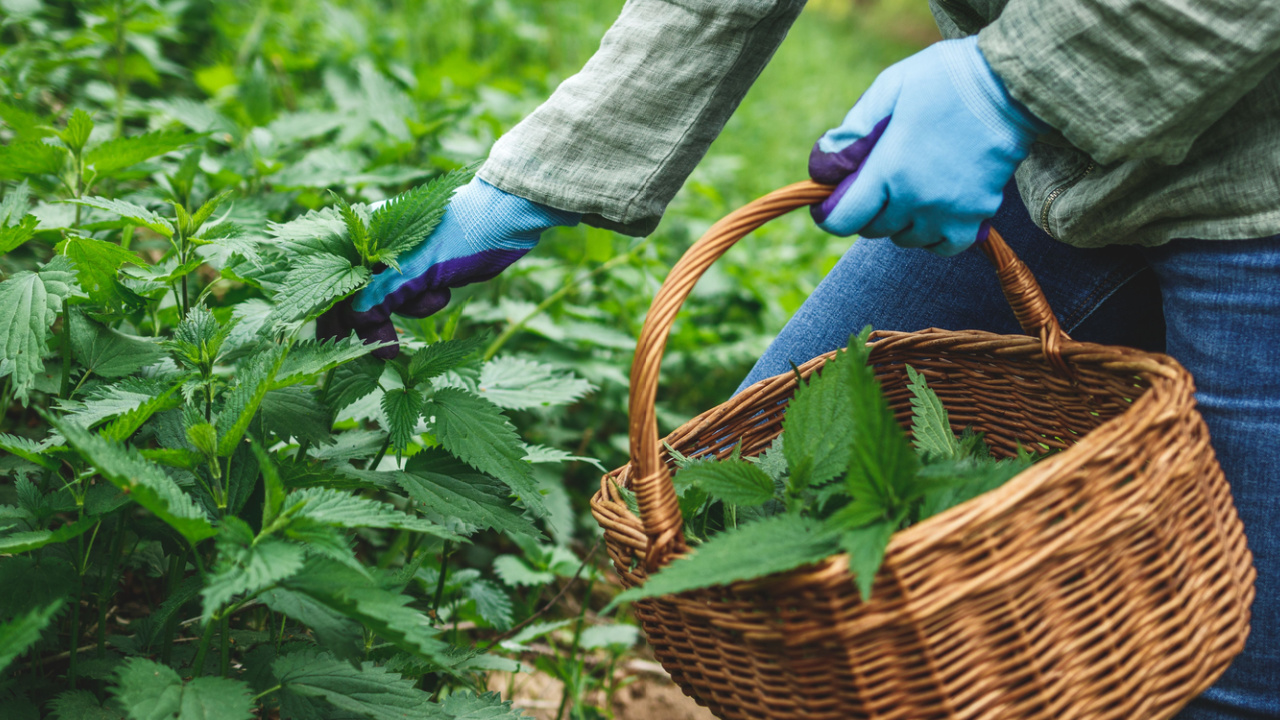
Nettles are a winter favorite, especially in milder climates. They’re full of vitamins and minerals and can be used like any tender green once you cook them to remove the sting. Nettles are great in soups, stews, or as steamed greens.
15. Watercress
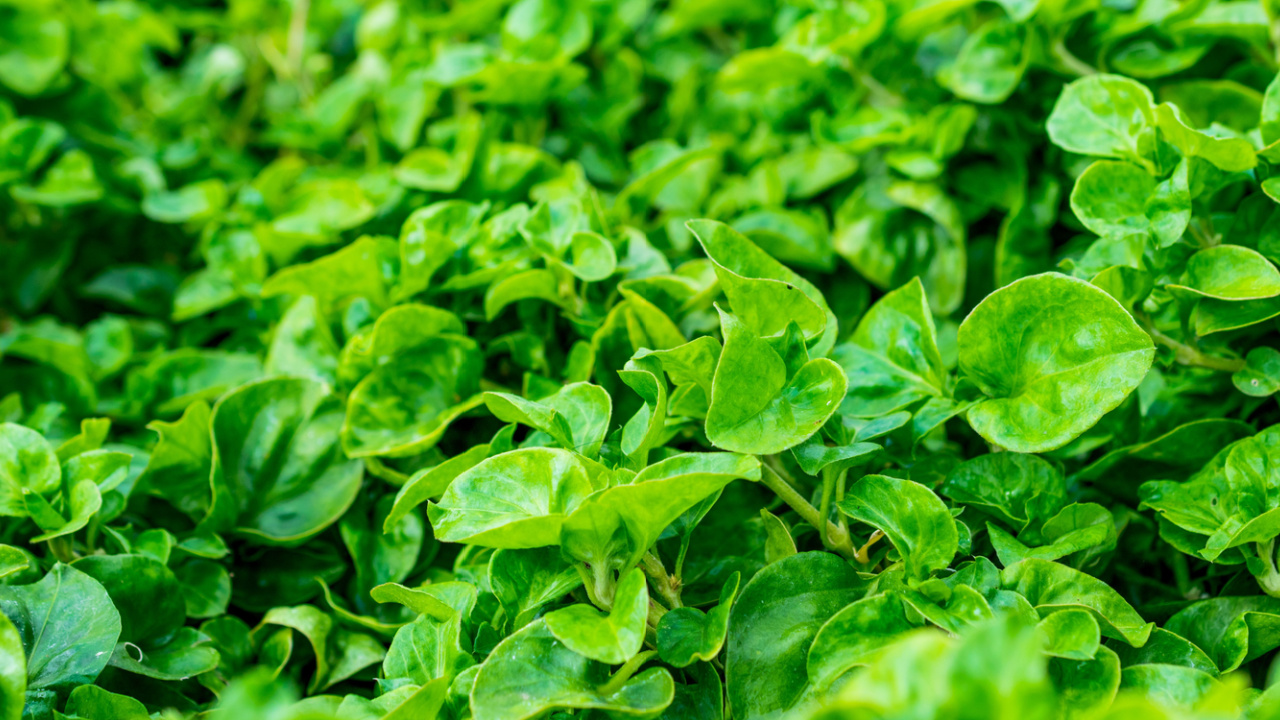
Watercress grows near streams and rivers and adds a fresh, peppery flavor to your winter foraging. It’s usually found all year round and is high in nutrients. It tastes remarkably spicy, which makes it a great green for adding a fresh note to winter meals.
16. Chickweed
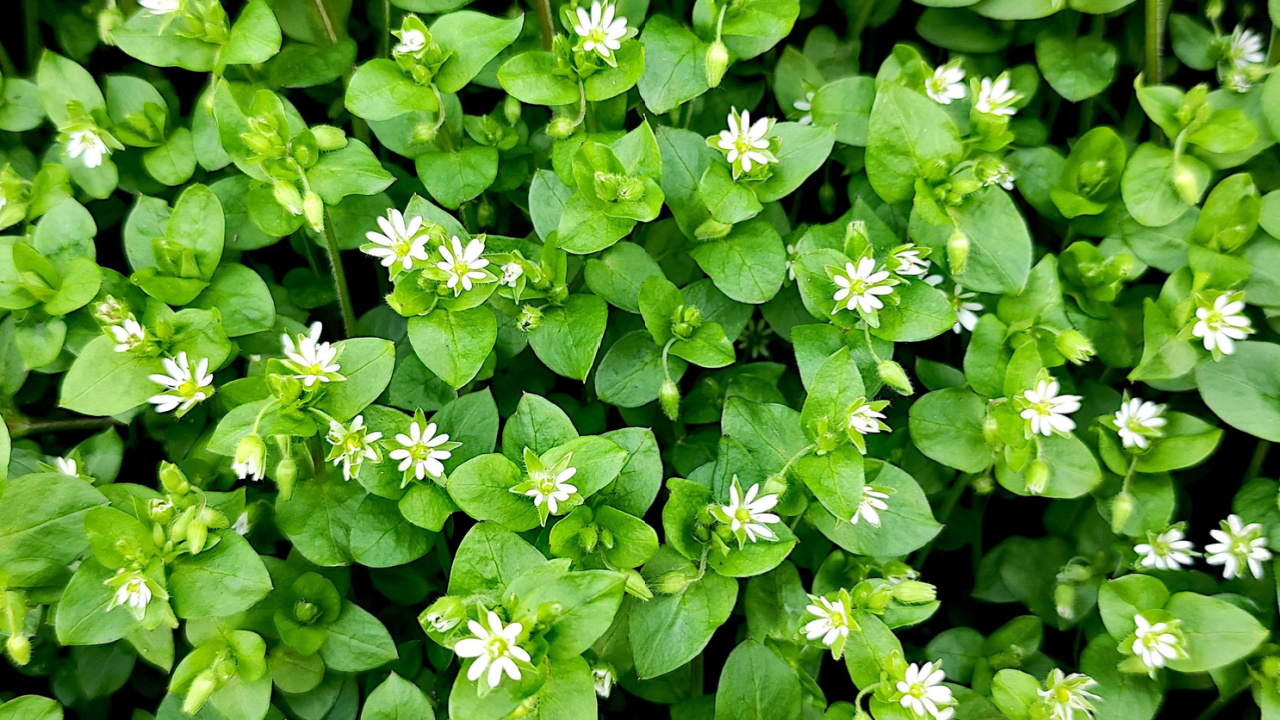
Chickweed is a resilient winter plant that grows almost anywhere. It’s great raw in salads with its mild flavor. It’s full of vitamins and minerals and cooks up just like spinach. You’ll find it still green and ready to pick when the snow melts.
17. Purple Dead Nettle
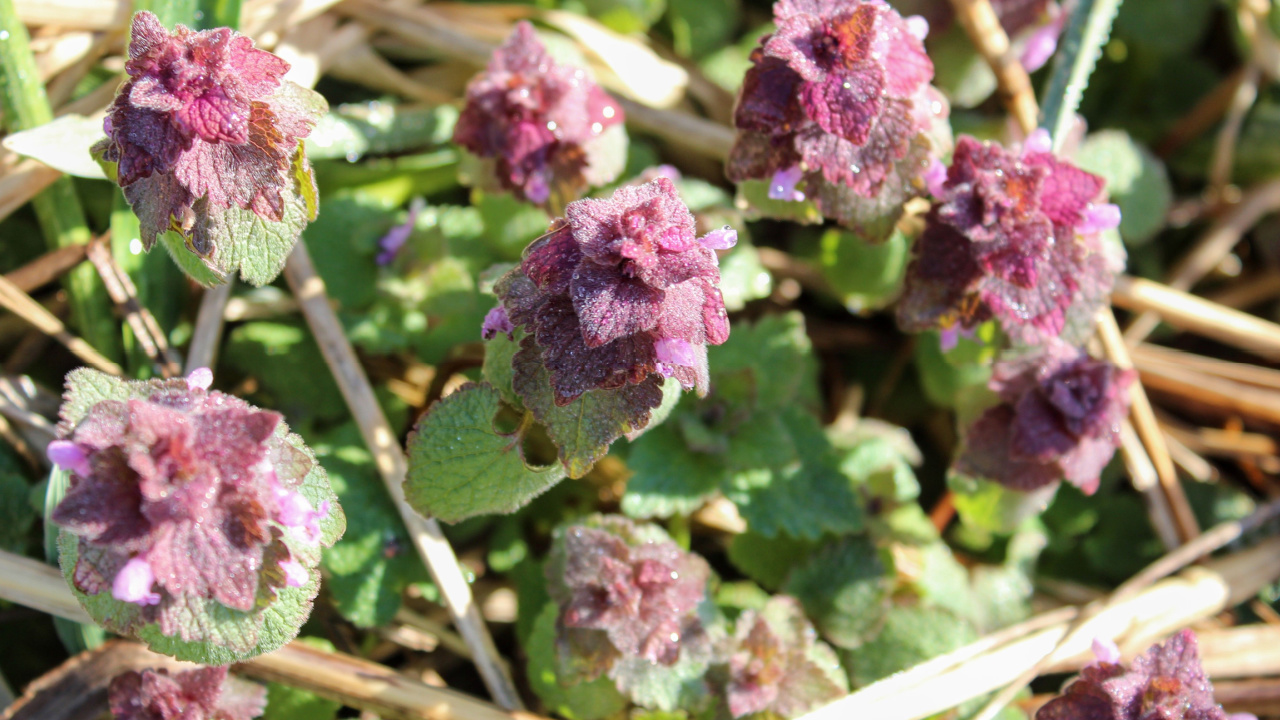
Purple dead nettle is easy to spot with its purple tops, and it’s around even in winter. It’s a bit bitter but mixes well with other greens. You can also dry it for smoothies. I make a healing salve from it because it’s good for inflammation and allergies. Plus, it dyes wool a beautiful spring green.
18. Wild Violet
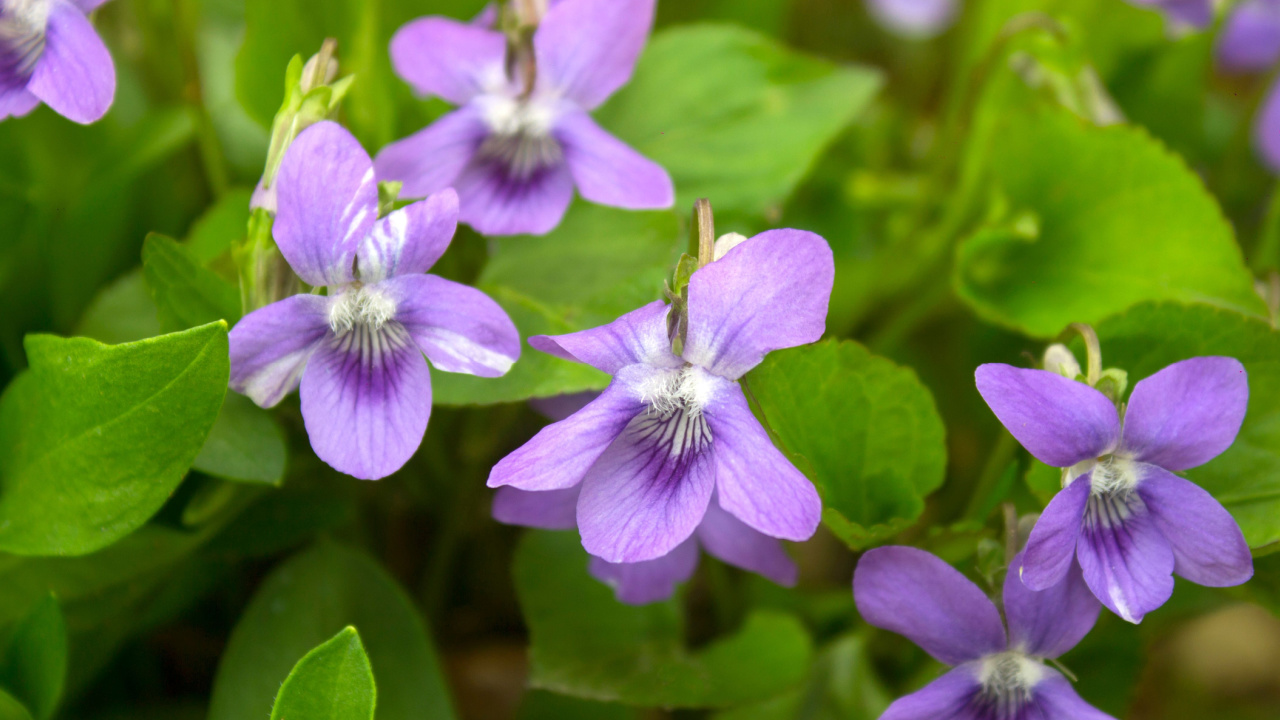
Wild violets, like many common plants, with their pretty purple flowers, aren’t just nice to look at. You can eat the leaves and flowers, adding a splash of color and a sweet, floral flavor to your winter salads or desserts. The flowers are perfect for decorating cakes, and the heart-shaped leaves add a mild, sweet taste to your greens.
19. Miner’s Lettuce
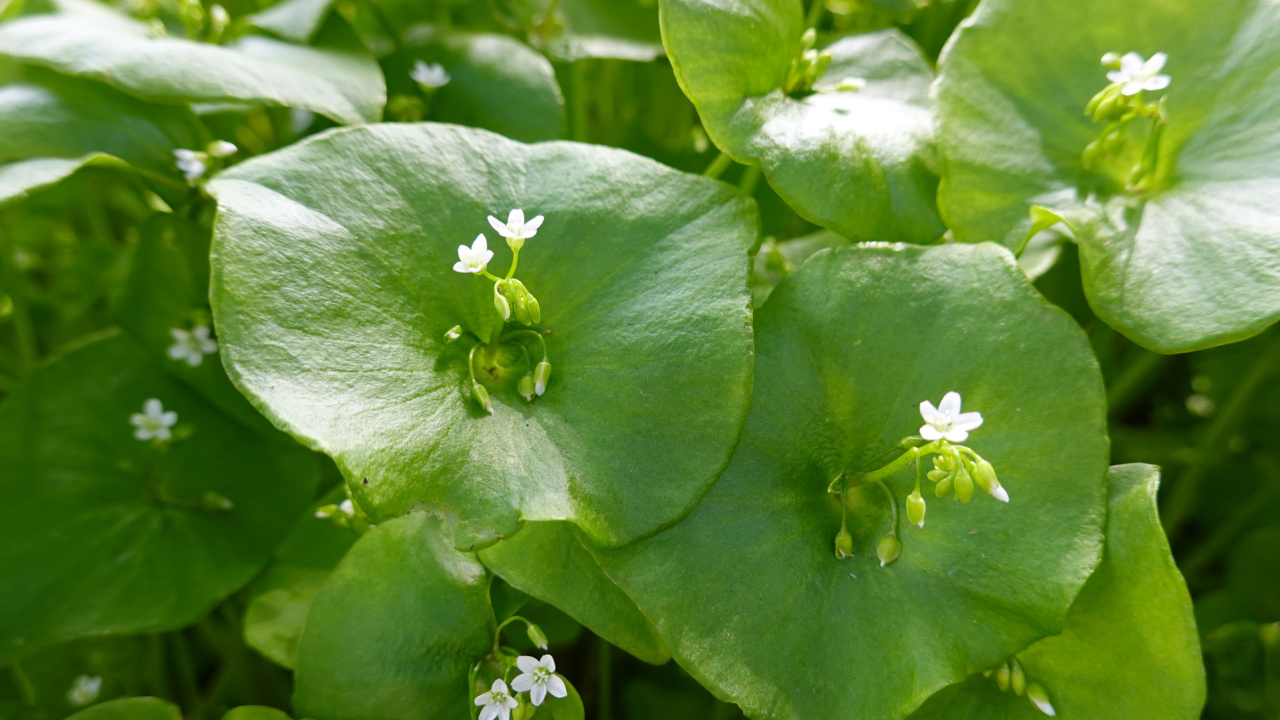
Miner’s lettuce is tough enough to handle bad winters. It has a tangy-sweet taste that freshens up salads. It’s also packed with vitamin C. You can make a tasty pesto with it, or use it anywhere you’d usually put spinach. You’ll find it all winter long, ready to pick and enjoy.
20. Burdock Roots
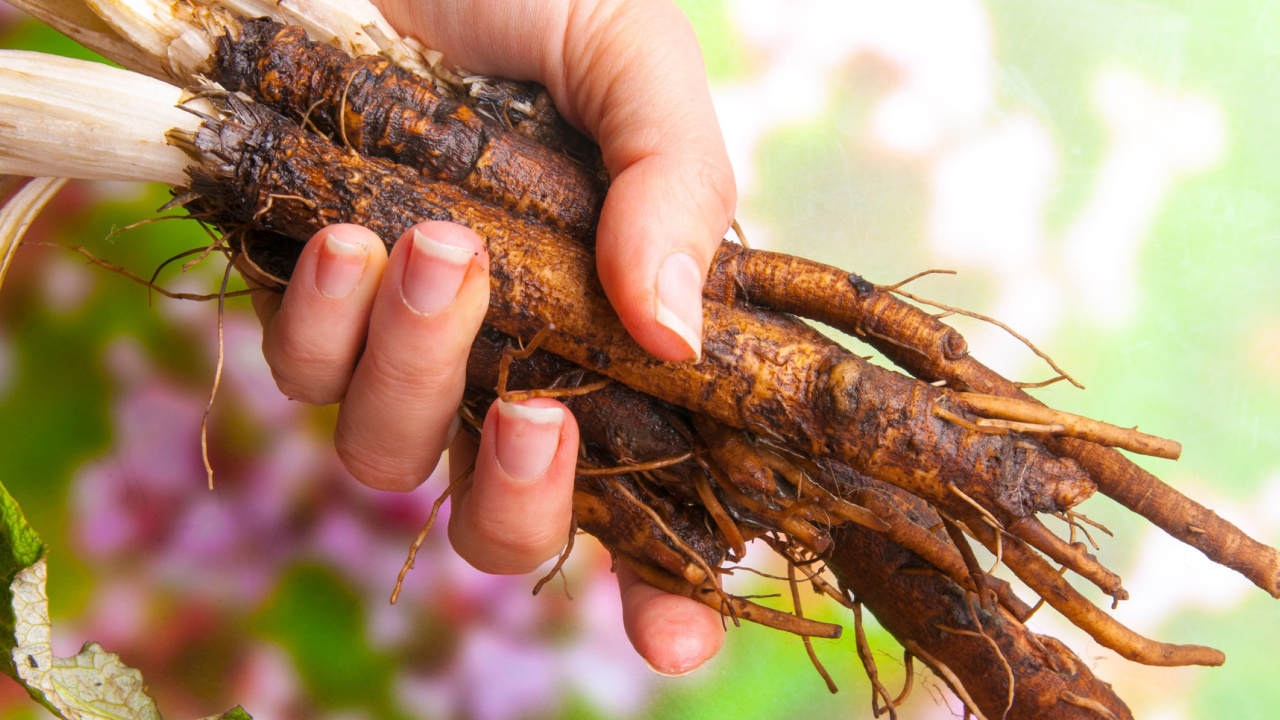
Burdock roots taste sweet and earthy, kind of like artichokes. You can dig them up and cook them in the same way. Peeling and soaking them helps get rid of any bitterness. You can even pickle them for something different.
21. Chicory Root
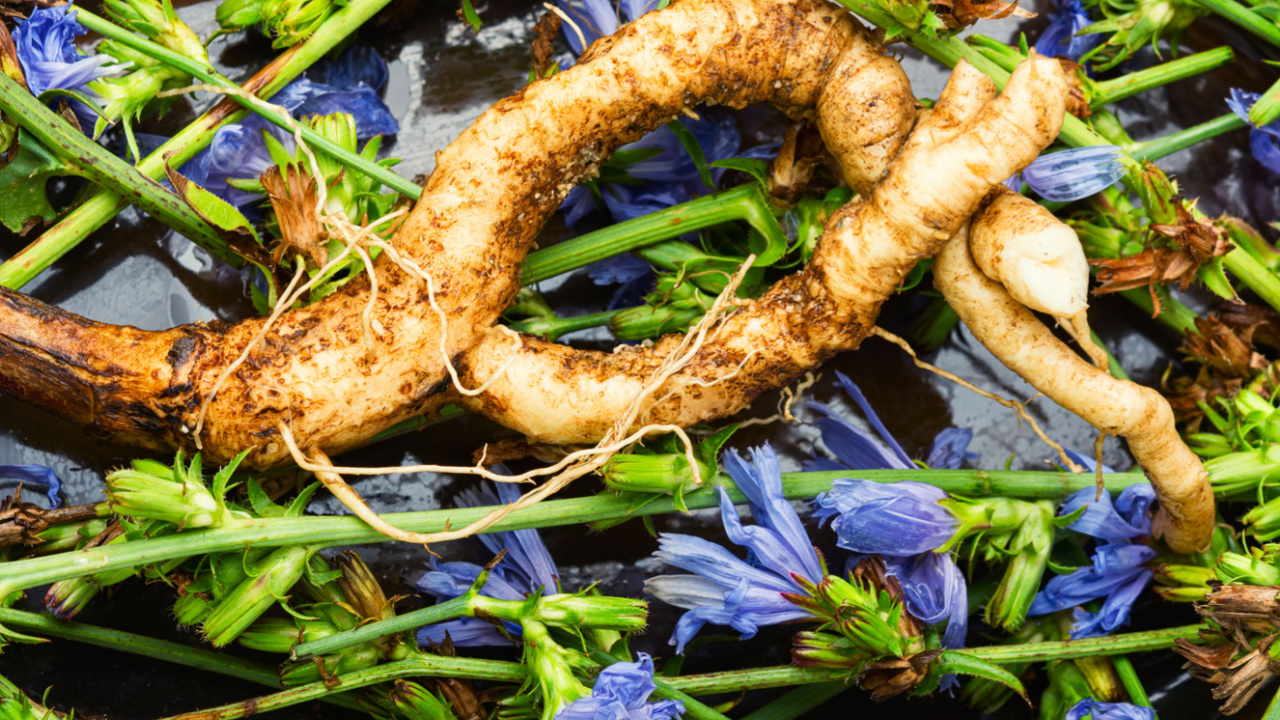
Chicory root has a strong, earthy flavor and is famous as a coffee substitute when roasted and ground. But you can also cook with it to add a bit of bitterness to your meals, like you would with radicchio or endive. It’s full of inulin, a fiber that’s good for your gut.
22. Jerusalem Artichoke
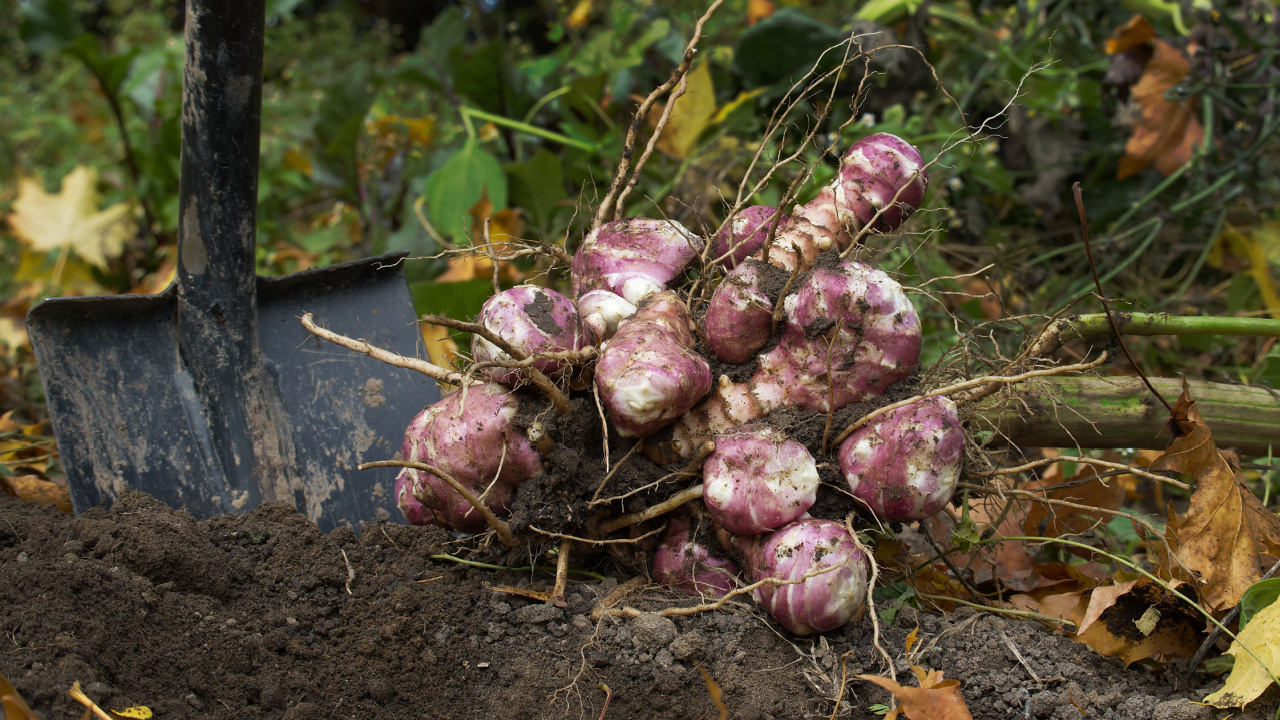
Jerusalem artichokes, or sunchokes, are tubers that you can dig up all winter. They have a nutty, sweet taste and are really versatile. You can roast them for a caramelized treat, boil and mash them, or slice them raw into salads for some crunch. They’re delicious and a great source of iron and potassium.
23. Yellowfoot Chanterelle
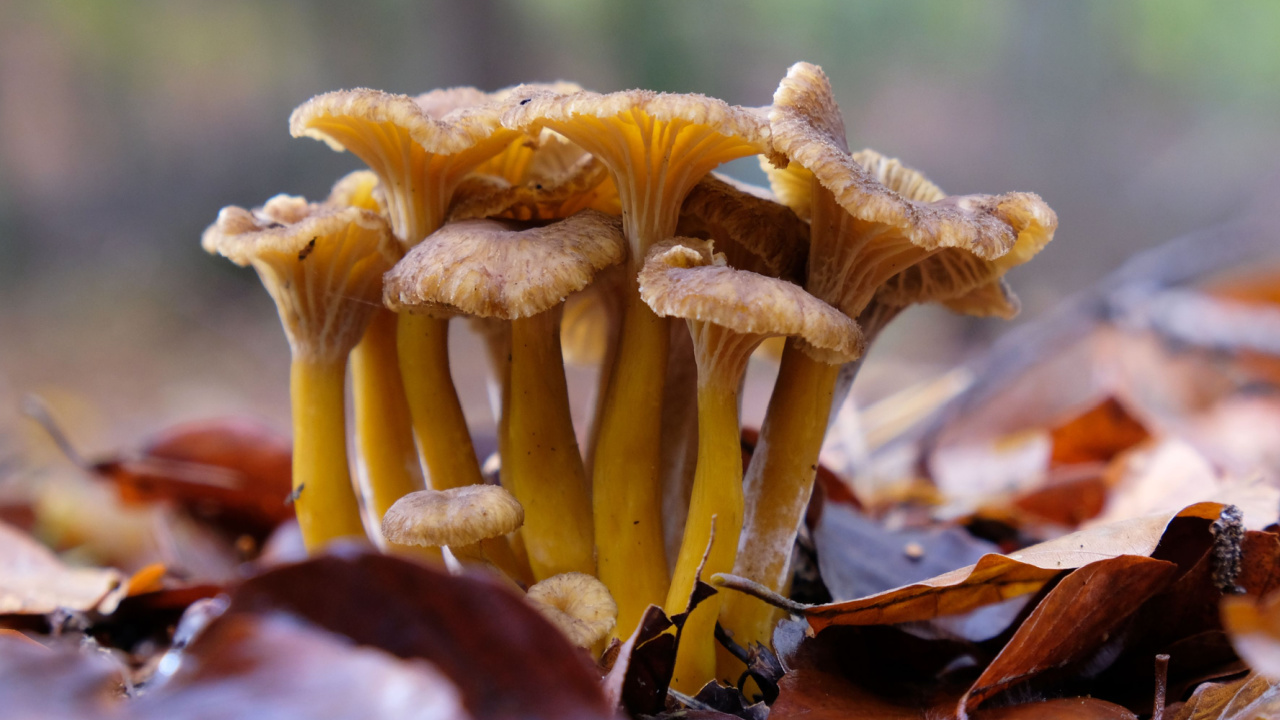
In damp, wooded areas, you might come across yellowfoot chanterelles during the winter months. These mushrooms have a delicate, slightly fruity flavor and a tender texture. They’re fantastic sautéed in butter or oil and make a great addition to soups, stews, and risottos. You can also pickle them or dry them for later.
24. Orange Witches Butter
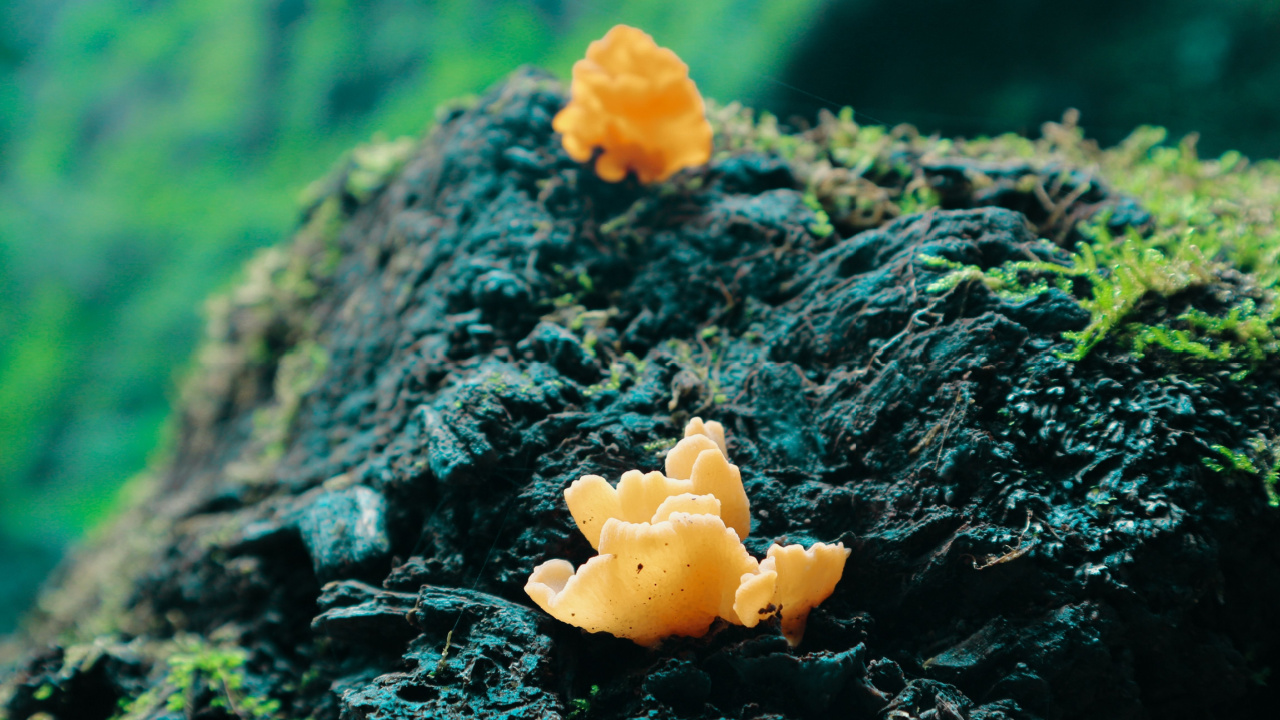
Witches butter might not taste like much, but it adds a fun, jelly-like texture to dishes. It’s a good option for bulking up meals and adding some extra nutrition for free. It’s especially good in soups or stews, and it’s got a long history in herbal medicine.
25. Oyster Mushrooms
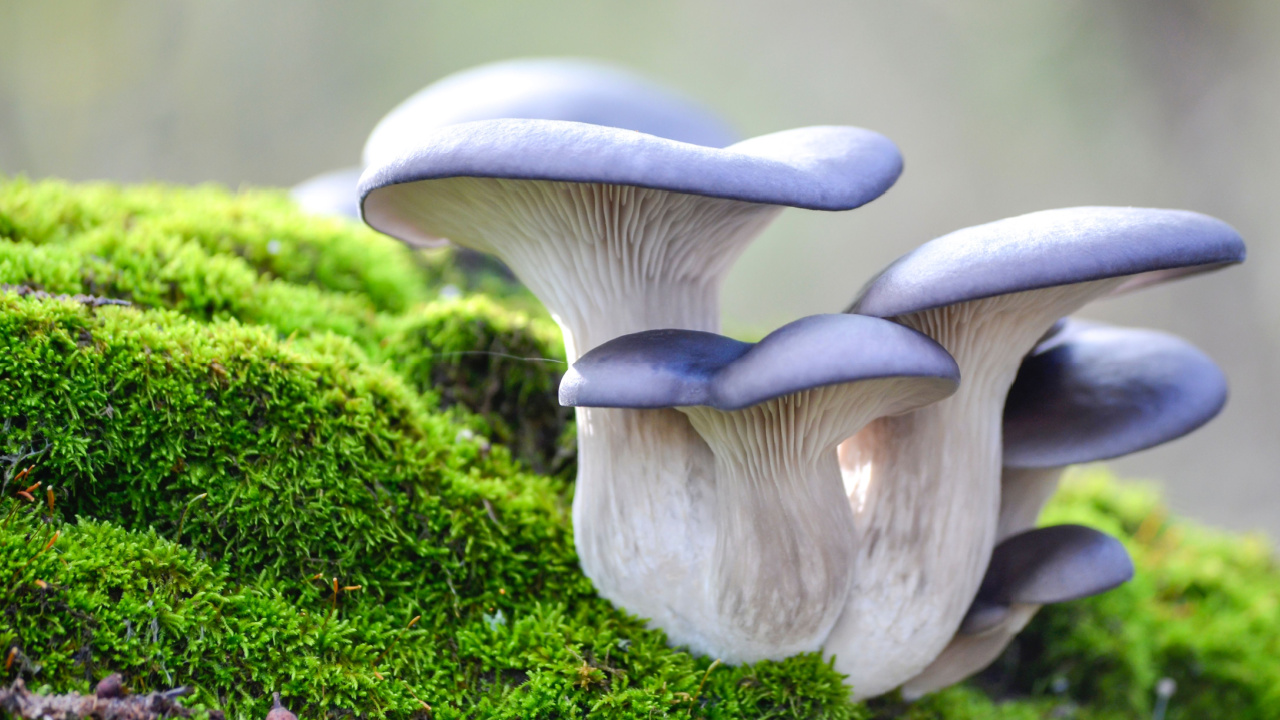
Oyster mushrooms are a find you don’t want to miss in winter. They grow on the sides of trees and are easy to spot thanks to their unique shape. These mushrooms are tender, slightly sweet, and full of good stuff like protein and vitamins. They’re amazing sautéed, and you can throw them into just about any dish, from stir-fries to creamy sauces.
Katy Willis is a writer, lifelong homesteader, and master herbalist, master gardener, and canine nutritionist. Katy is a preparedness expert and modern homesteader practicing everyday preparedness, sustainability, and a holistic lifestyle.
She knows how important it is to be prepared for whatever life throws at you, because you just never know what's coming. And preparedness helps you give your family the best chance to thrive in any situation.
Katy is passionate about living naturally, growing food, keeping livestock, foraging, and making and using herbal remedies. Katy is an experienced herbalist and a member of the CMA (Complementary Medical Association).
Her preparedness skills go beyond just being "ready", she's ready to survive the initial disaster, and thrive afterward, too. She grows 100% organic food on roughly 15 acres and raises goats, chickens, and ducks. She also lovingly tends her orchard, where she grows many different fruit trees. And, because she likes to know exactly what she's feeding her family, she's a seasoned from-scratch cook and gluten-free baker.
Katy teaches foraging and environmental education classes, too, including self-sufficient living, modern homesteading, seed saving, and organic vegetable gardening.
Katy helps others learn forgotten skills, including basic survival skills and self-reliance.
She's been published on sites such as MSN, Angi, Home Advisor, Family Handyman, Wealth of Geeks, Readers Digest, and more.
